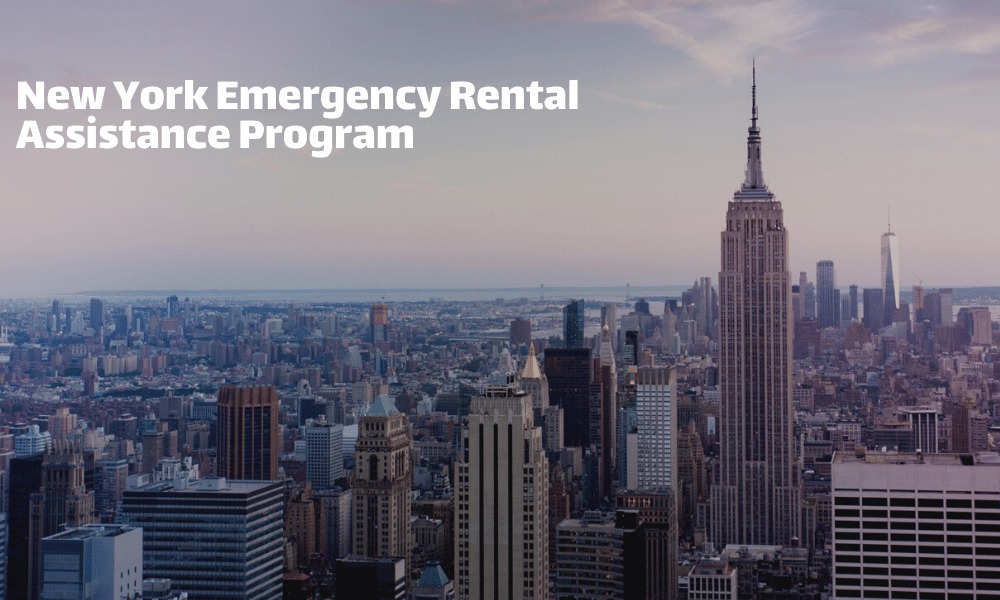Emergency Rental Assistance Program in New York

Apply Now to Avoid Eviction
By providing rental arrears, temporary rental assistance, and utility arrears assistance, the New York State Emergency Rental Assistance Program (ERAP) will provide significant economic relief to low and moderate-income households at danger of homelessness or housing instability.
Seven cities that received direct federal cash for emergency rental assistance chose to manage their own programs. Residents of the City of Rochester and Monroe County, the City of Yonkers and Onondaga County, and the towns of Hempstead, Islip, and Oyster Bay who earn up to 80% of the area median income (AMI) are not eligible for assistance from the state-run program and should apply for emergency rental assistance through their local programs. If a household’s income is between 80 and 120 percent of AMI, residents of these communities are eligible to apply for a state-funded program. If the locally controlled program runs out of money, residents in these communities may be eligible for help from the state-run Emergency Rental Assistance Program.
Eligibility
Residents of New York are eligible for ERAP if they meet the following requirements:
-
- The household gross income is equal to or less than 80% of the Area Median Income (AMI). The income restrictions vary depending on the county and the size of the household. A household may be eligible based on current income or income in the calendar year 2020 that is at or below 80% of AMI.
- Household gross income between 80 and 120 percent of AMI starting September 15, 2021. The income restrictions vary depending on the county and the size of the household. A household may qualify if its present income or income for the calendar year 2020 is at or below 120 percent of AMI. As long as funds are available, households with incomes between 80 and 120 percent of AMI are eligible for a state-funded ERAP payment. Applications from households with incomes up to 100% of AMI will be processed first and will be processed until October 29, 2021. Then, on a first-come, first-served basis, all applications for households with incomes up to 120 percent of AMI will be processed.
- A member of the household got unemployment benefits or endured a drop in income, incurred significant costs, or faced financial hardship as a result of the COVID-19 pandemic on or after March 13, 2020.
- The applicant owes rent at their primary house and has rental arrears (overdue rent) at their present residence for rent due on or after March 13, 2020.
- The household must be at risk of being homeless or experiencing housing instability, as evidenced by rental arrears due on or after March 13, 2020.
There are no criteria for an immigration status to participate in the program.
Rental arrears-qualified households may also be eligible for assistance with utility arrears at the same rental unit.
As long as funds are available, applications for all eligible households will be considered on a first-come, first-served basis.